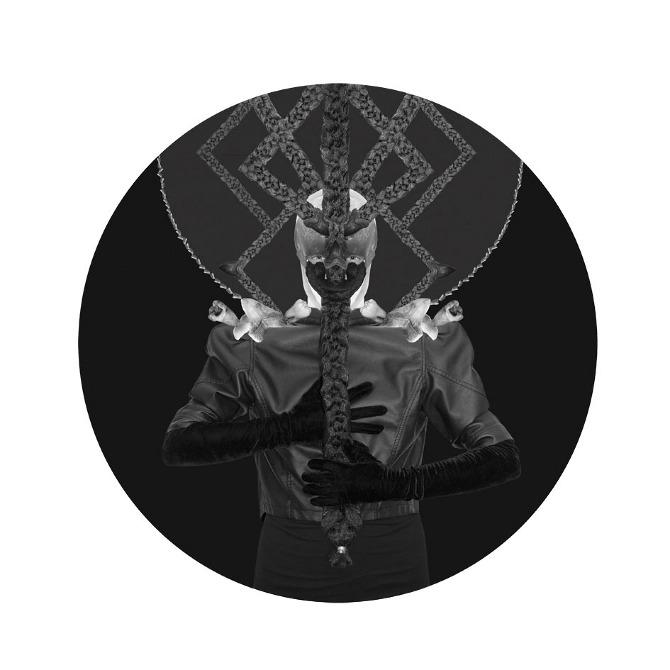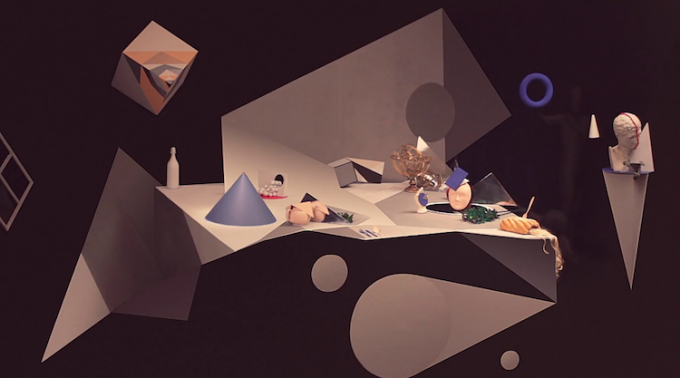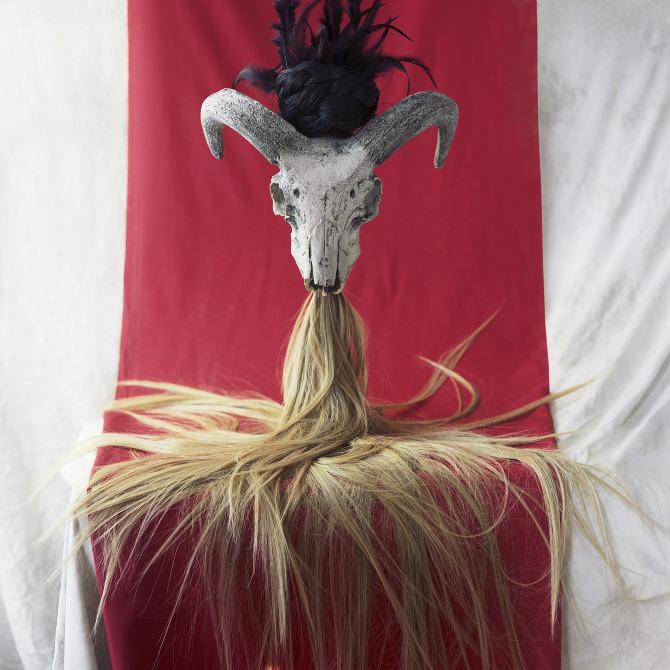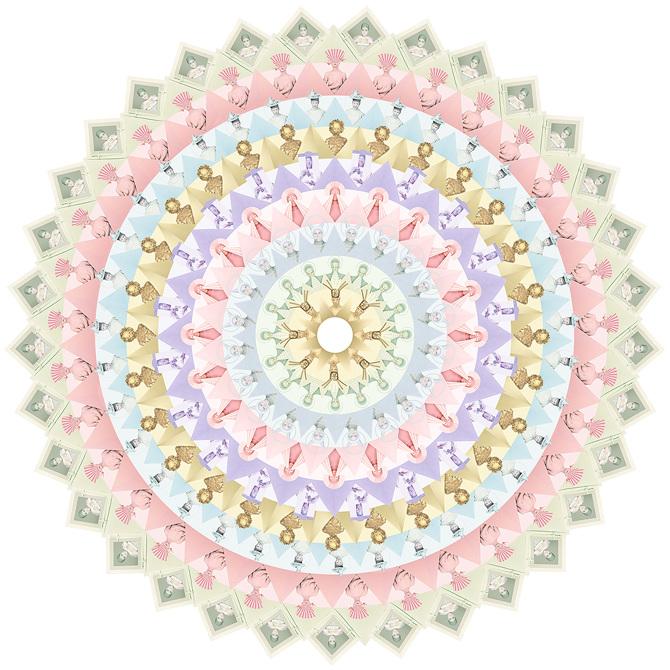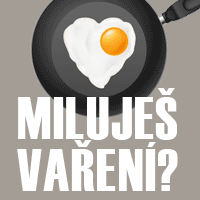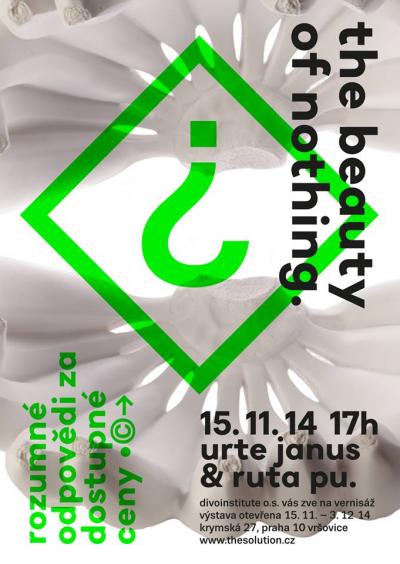
Urte and Ruta: Exploring the Beauty of Nothing

Urte Janus (1990) and Ruta Pu. (1989) met during their studies in their hometown Vilnius, Lithuania. They moved to London, Middlesex University, where they graduated in 2012 in photography. They have been working on various projects together under the name of Terrible Twins, seeking to reflect notions of the modern society through myths, theology, philosophy, political dogmas. They create mystique worlds of surreal sets and costumes and photograph them.
Couple years back they were included in a group art show Doublet, showcasing the works of the Middlesex University Graduates, in Red Gallery, London. They've been cooperating with the gallery ever since.
This fall, they got invited to an artistic residence in Prague, which climaxes this weekend with their exhibition in The Solution, a newly opened quirky art living room in Krymska.
Would you introduce Terrible Twins?
Ruta: Terrible Twins - a name given to us during years of our studies: we are best friends creating together and the name reflects our relationship towards each other. And it sounds funny.
Urte: Terrible Twins is a name we used during our university years. It was quite childish and naive game we played together, just experimenting and trying to find our creative way. However we are slowly burying Terrible Twins under the ground and starting to slowly work as Urte Janus and Ruta Pu. on our own stuff and ideas. In last few shows we had and also for the exhibition in Solution, we are corresponding independently on the same subject we chose.
What are you exploring in your work? Which topics interest you the most?
Ruta: I am working with the surface: exploring our modern western society’s obsession with appearances and objects: I play with the costumes and things around me. I like to tell stories, whether based on mythological narratives or my own interpretations of environment which surrounds me. I aim to question rather than to provide the answers.
Urte: It’s probably the observations of my surroundings and reality I perceive. Dogmas, rules, values, politics, philosophy, religion, psychology, cyber worlds, dreams and personal life experiences fused together. At the moment I am more and more interested in personal stories of people I meet, my family, my own past. How these stories reflect the environment we live or used to live in.
Your photographs are in many respects a contemporary, surreal answer to classical art formats. How did you develop your technique, and why does photography do it for you?
Ruta: We are interested in history and it’s connection to nowadays: how the history is viewed in contemporary eyes, how traditional mythology works itself in modern discourses, what does history reflect about human psychology and behaviour in general. These are all questions we explore with the help of contemporary tools. We use photography in order to document sets we construct with the characters dressed in placed in the sets. In this sense we use it as most neutral medium.
Urte:The technique came naturally and unconsciously. We both were studying photography, but both did not really wanted to document reality. Instead we started to construct our own, based on observations of the world. I also love the works of modern painters; I think Francis Bacon is my favorite. So loads of inspiration is taken from paintings and then photography somehow is the medium I feel comfortable with.
You have created sets for couple music videos. What was your experience with this format? How do you feel about the interpretation of music through the means of visual art?
Ruta: We felt that we are not attached to medium of photography itself, therefore working with the moving image was a deliberate attempt to see if we can communicate our ideas through other mediums. The difference between the two practices seemed distinctive: the way you tell a story in a still image differs from story-telling in a moving image. That changes the whole thinking process. Working with music is always inspiring: providing sound with the image and creating new meanings.
Urte:It was definitely a great experience. Especially working on Le Mystere with Raoul Paulet. We became quite good friends and I would definitely love to do something together in the future. Music part is easy, I cannot even work if I am not listening to music, and it’s a great inspiration. More challenging was to think that it will be a moving image, not a still photograph and moving image has a bit different specifics. I think it was a good practice and after that I fell in love with video art and try to practice it in my works as well.
What music are you currently listening to and is it important in your work?
Ruta: Music is important, dancing to the music is more important. I use sound either to concentrate, or to let my soul out. As today I needed to concentrate, I was listening to Steve Reich’s album ‘Music for 18 musicians’. The whole album goes like one very long soundwave that leads your thoughts forward.
Urte:I have different music phases, depending on the environment, season, inner state of mind. Now it is slow midnight electronic, I love the combinations of sounds beyond genres and borders. It is definitely important, when I work, sometimes I become too critical and judgmental to myself, and music helps to switch off and just meditate.
Would you give us few words about:
- Vilnius?
Ruta: Adulthood, art school, parents and soviet past.
Urte:My hometown, where I was born and which I visit from time to time.
- The Red gallery?
Ruta: Friendship and art.
Urte: Second home, an oasis in the London madness.
- Your artistic residence in Košice, Slovakia?
Ruta:Friendship and art.
Urte:K.A.I.R. is a great organization we really enjoyed working with. Also Kosice is a beautiful and quiet town, perfect for concentration.
- Prague and the Solution?
Ruta: Interest of the unknown, curiosity of inexperienced experiences.
Urte: Wild, unexplored, beautiful architecture, night walks, temporary autonomous zones, climbing hills, getting lost. Solution is an exceptional open-minded place worth visiting and exploring.
How do the geographical moves reflect in your work? Where does it take you?
Ruta: Changing places is inspiring and still feels unusual to me. During first 20 years of my life I was so used to staying just in one place. But the more I travel the more I feel that different environments and different people is one of the important factors for my work - it is a pleasure which gives the energy to move forward. At the same time I have longing for placing myself at one spot where I could let myself grow more consistently.
Urte: I cannot stay in one place for too long. Nomadic life is in my blood and I do not even know if I will ever settle down. It gives you broader perspective, when you can compare how people live and behave and spend time in different places, what kind of art they create, music they listen to, what kind of gods they worship, and what kind of history they carry behind.
http://terribletwins.co.uk


